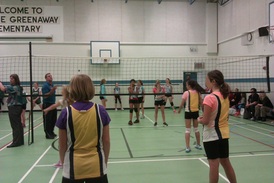"As a new teacher, how has social media helped you?"
- Chris Wejr
When I started the Education program in September, I barely left a footprint in the education social media world. But that quickly changed under the mentorship of Ryan Hong, who directed me towards exploring the many tools available for sharing resources, connecting with other educators, and developing as an educator.
These are the resources that I currently use:
- Chris Wejr
When I started the Education program in September, I barely left a footprint in the education social media world. But that quickly changed under the mentorship of Ryan Hong, who directed me towards exploring the many tools available for sharing resources, connecting with other educators, and developing as an educator.
These are the resources that I currently use:
- Weebly Blog - a place to record my experiences and reflections related to teaching; I also love reading the blogs of other educators to increase the depth and breadth of my learning
- Twitter (@BettyFei)- a fantastic tool for sharing of ideas and resources, making connections with other educators across the globe, and keeping up-to-date with issues, questions, and initiatives in current education
- WikiSpace/FaceBook- great tools for staying connected and sharing ideas with others in my education cohort
- YouTube Channel/Teaching Channel- great tools for finding multimedia resources, seeing lessons and classroom practices in action, and sharing of ideas with other educators
- Pinterest/Edmodo- useful platforms for sharing ideas and resources
- Instagram- useful for making student learning more visible to both students and parents; a great visual record of learning for the whole year


 RSS Feed
RSS Feed